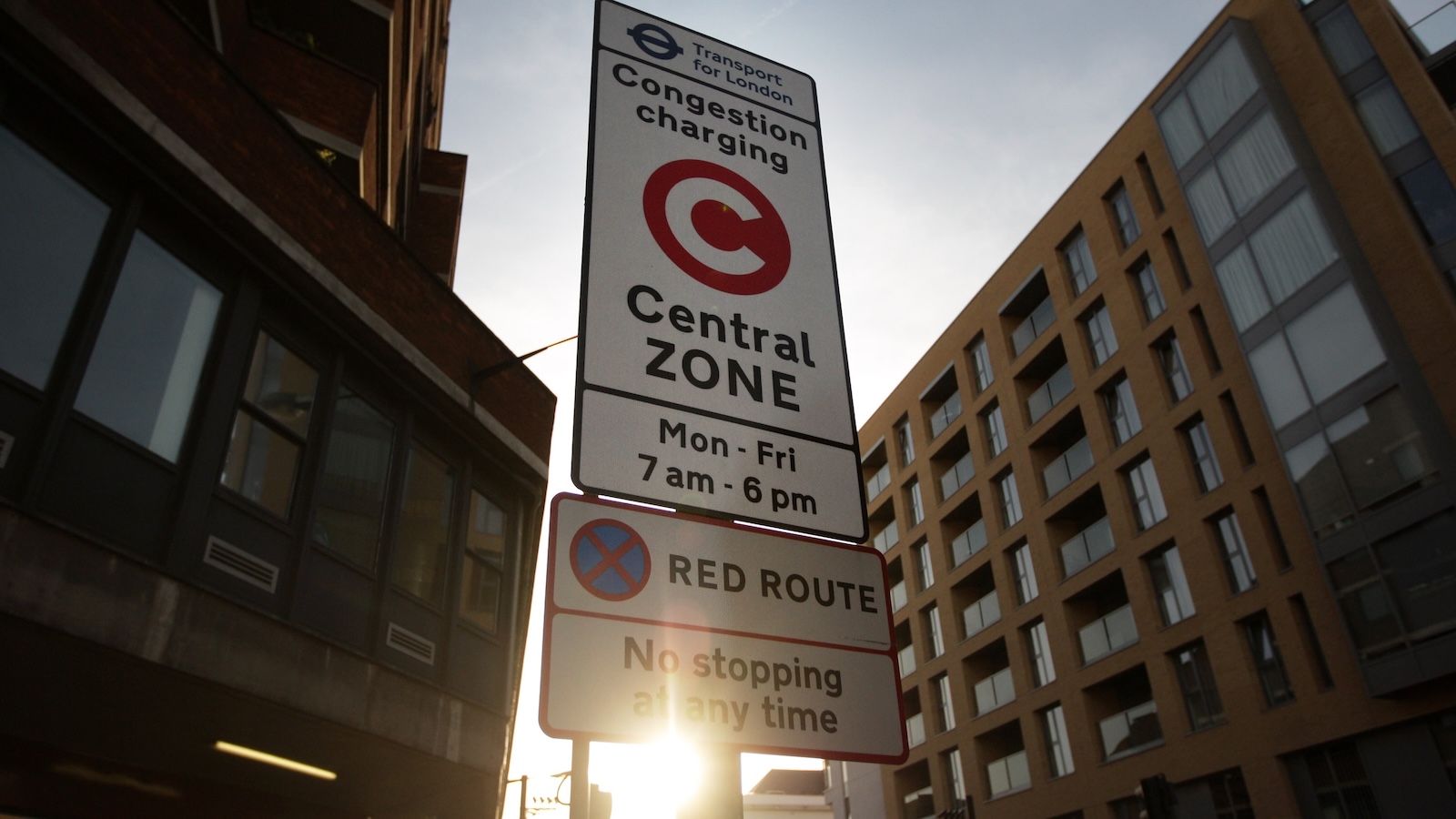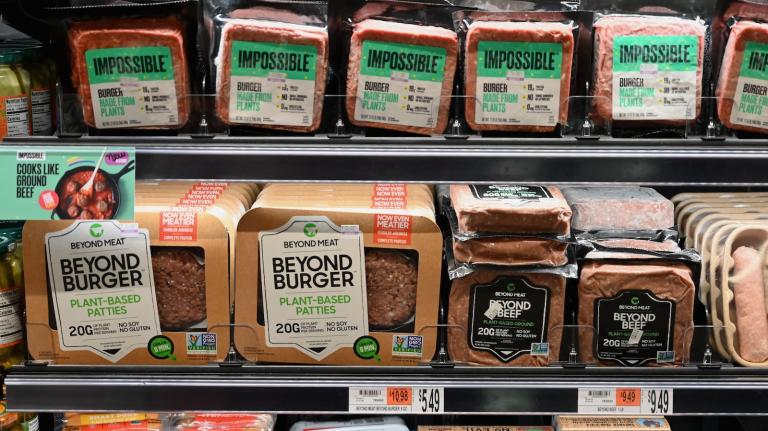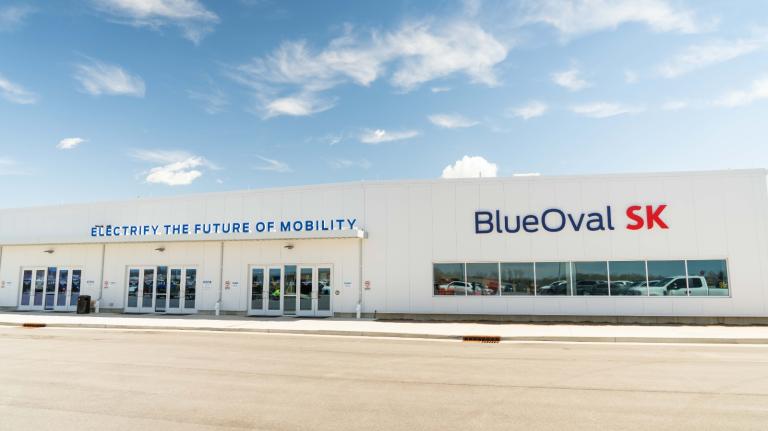New York City’s plan to charge most vehicles $15 to enter downtown Manhattan would have eased traffic, cut pollution, and raised billions for mass transit. But Governor Kathy Hochul — in an 11th-hour reversal — placed congestion pricing on hold indefinitely, leaving a $15 billion gap in the city’s transit upgrade plans. Hochul, a Democrat, cited a slow economic recovery from the pandemic and the burden the tolls would place on low-income residents, but sources say she also feared upsetting swing district voters who could decide key elections this fall.
Most people balk at the idea of paying more for anything, and congestion pricing plans are no exception. No more than about one-quarter of New Yorkers favored the measure, according to one poll, with support falling among residents of outer boroughs like Staten Island. Yet widespread opposition, and the political turmoil it can create, is a feature, not a bug, of these efforts. In almost every city that has adopted congestion pricing, including London and Stockholm, it was extremely unpopular at first.
“Obviously, if people previously didn’t have to pay a congestion charge, no one’s going to say, ‘Yes, I’d love to pay more,’” said Alina Tuerk, strategy and planning manager at Transport for London, the government agency in charge of that city’s sprawling transport system.
Yet surprisingly, public favor grew in nearly all cities as people adapted to the policy and, more importantly, witnessed tangible improvements. Most Londoners, for example, vehemently opposed the idea before it was implemented in 2003. But as many as six in 10 people supported it within the first year as they saw almost immediate benefits. Now most people don’t even think about it.
“Because it’s been in place for over 20 years, it’s become almost business as usual,” Tuerk said.
Transportation experts say shifting public attitudes requires proving the charges actually reduce traffic, improve air quality, and finance more climate-friendly modes of transit. Proponents of New York’s congestion pricing plan, which would have taken effect June 30, have argued it would ease traffic by 17 percent, reduce particulate pollution and greenhouse gas emissions in the downtown area by more than 12 percent and 11 percent respectively, and generate as much as $1 billion annually for mass transit. (That money would have been bonded or invested to generate $15 billion to improve transit infrastructure.)
But that isn’t always enough, because there’s something more at play: a fiddly bit of human psychology called status quo bias. People tend to prefer the current state of affairs over a big change, regardless of any expected benefits it may bring. And that, more often than not, leads them to initially oppose congestion pricing, said Jonas Eliasson, director of transport access at the Swedish National Transport Administration.
Yet that tendency also goes both ways: Once a change occurs, people often learn to accept their new circumstances and eventually view them more positively. In other words, they just get used to it. And once you do, the concept is “not so strange anymore,” Eliasson said.
According to a poll by Siena College in April, only 25 percent of New York state voters approved of the proposed pricing plan, with 63 percent opposed. Many opponents worried that the proposal would increase pollution in outer boroughs as vehicles avoided downtown. Others expressed concerns about the impact on low-income residents. Powerful interests ranging from New Jersey Governor Phil Murphy and the state trucking association sued to stop it.

That pushback eerily echoes early opposition seen abroad. Before London’s policy took effect in early 2003, only 40 percent of residents supported it and Mayor Ken Livingstone predicted a “desperately bloody day” ahead of its implementation. In Stockholm, two-thirds of residents opposed even a six-month trial that was announced in 2002 and started in 2006. “I was actually surprised by not just the strength of the backlash, but also the longevity of the protest,” Eliasson said. “For all of this time, this was virtually in the news every day.”
Opponents raised many of the same objections voiced by New Yorkers. So it was surprising when, shortly after congestion charges were introduced, public attitudes turned overwhelmingly positive. In London, nearly 60 percent of people supported congestion charges several months after the policy started, with as few as 25 percent of residents remaining opposed. Stockholm saw an even more dramatic shift to around 70 percent in support by 2011. (Voters made congestion pricing permanent through a referendum in 2007.)
Many of those skeptics were swayed by the results. London saw dramatic changes: Downtown congestion dropped 30 percent as overall traffic fell 15 percent. The city also added 300 buses to the central London network on the same day the charge took effect, boosting a shift from driving to mass transit.
“We saw bus use go up by about a third, and another 10 percent of people switched from driving to using public transport, walking, and cycling,” Tuerk said. “That helped set positive attitudes toward the project, because people could see what they were getting from it.”
Stockholm saw impressive improvements as well. Downtown traffic fell more than 22 percent and vehicle emissions dropped by as much as 15 percent.
Both cities used the revenue to invest heavily in mass transit and other transportation infrastructure, including roads, bridges, sidewalks, and bike lanes. But one of the biggest benefits has been a change in cultural norms around transportation and levying fees for a public good. “People have now on a subconscious level accepted that street space is something that you can actually price, just as you can have traffic signals and speed limits and parking charges,” Eliasson said. “You can discuss whether they should be higher or lower, whether they should be tweaked — but the sort of moral question of whether streets can be priced, that’s not really an issue anymore.”
Benefits aside, researchers have found that status quo bias is one of the biggest reasons attitudes change over time. Put one way, people accept the idea and come to embrace it. One study in Germany found that drivers who believed a congestion charge was imminent were more likely to view it positively, in part because people find it discomforting to reject their current reality. Another study in Gothenburg, Sweden, found that status quo bias played the biggest role in increasing support for that city’s congestion pricing plan upon its introduction. A similar phenomenon has played out in Stockholm and other cities around the world, Eliasson said.
“If you don’t have congestion pricing, you have the psychological tendency to say that things are relatively good as they are; I don’t want to change things,” said Eliasson, who co-authored the study in Gothenburg and others on the topic. But once the policy takes effect, people shift their thinking to, “Now we have congestion pricing, I like it the way we have it now, why should we change everything?” Eliasson said. The human nature to favor the status quo means policymakers “will always face this resistance toward changing anything.”
That makes strong political leadership, and a willingness to endure inevitable short-term opposition, essential to the success of bold moves like congestion pricing. Livingstone provided crucial support in London, while in Stockholm the proposal was backed by the Swedish Social Democratic Party and other center-left political parties.
That level of support is missing in the Empire State and the Big Apple. Once Hochul waffled in her support, New York Mayor Eric Adams supported her decision and said the city will find other ways to fund now-postponed transit infrastructure projects. Meanwhile, some 700,000 vehicles continue to crowd into Manhattan each weekday.




